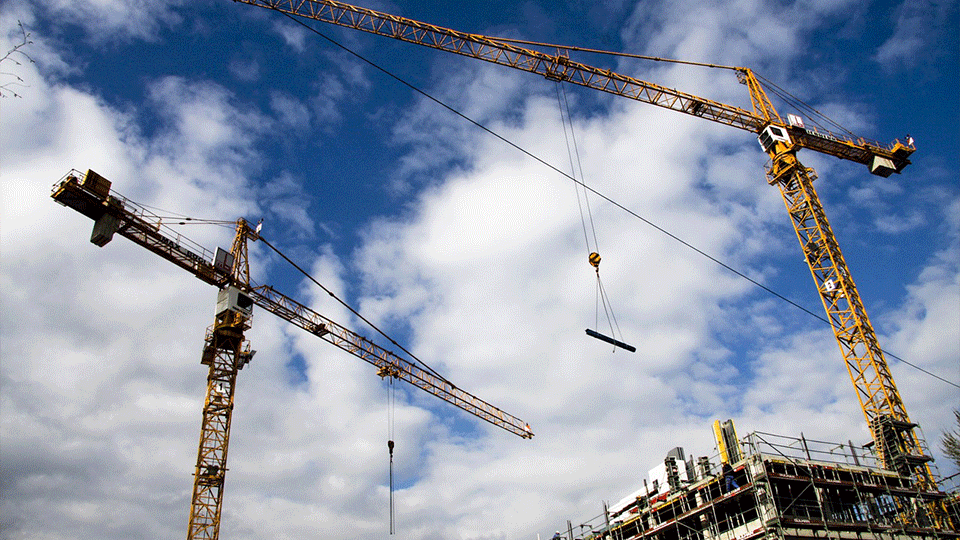

Workplace safety is a paramount concern, and when it comes to choosing safety boots, the stakes are even higher. This doesn't solely revolve around a comfortable fit or aesthetic appeal. Instead, it involves selecting footwear optimized for inherent risks present in various industrial environments. This in-depth guide provides insights into recognizing the appropriate safety boots for different industries and working conditions.
Every industry has specific hazards dictating the necessary protective features in safety boots. Construction sites abound with heavy objects and sharp hardware, making puncture-resistant boots a necessity, possibly with reinforced toe protection. Alternatively, those in the electrical industry should ideally opt for boots offering electrical hazard protection, to safeguard against potential shocks.
Safety boots are not a monolith. There's a diverse variety boasting different protective features - safety-toe boots, electrical hazard boots, puncture-resistant boots, and slip-resistant boots being some examples. Understanding these categories refines the boot selection process, ensuring that the chosen footwear aligns with job demands and safety requirements.
The fabrication materials of safety boots play a substantial role in the level of protection they offer. Leather boots, with their high durability and resistance to punctures, are suitable for high-risk environments. At the same time, rubber or PVC boots work excellently as electrically resistant and waterproof options, making them suitable for electricians or wet work environments.
Compliance with safety standards set by recognized bodies, such as ASTM International, is non-negotiable. These standards govern how safety boot manufacturers construct and test their products, ensuring efficacy across essential safety aspects such as impact and compression resistance, metatarsal protection, and others.
While it's crucial to choose safety boots that offer protection against potential industry-specific hazards, comfort shouldn't be overlooked. Comfort may influence how long workers can wear their boots, and discomfort could lead to distractions potentially affecting safety and productivity.
Deciding on the right safety boots stands as a crucial determinant between a safe work environment and potential work-related foot injuries. However, the decision shouldn't rest solely upon this guide. Also, take into account industry-specific guidelines and personal comfort. Each industry often has unique regulations relating to safety boots. It always pays to stay well-informed. Always prioritize safety, well-being, and productivity when making choices related to workplace equipment. Finally, remember, a pair of safety boots alone cannot completely eliminate the risk of workplace injuries. It acts as a part of a broader safety approach that should always involve hazard control measures, proper training, and adherence to safety protocols. Stay safe and choose wisely.